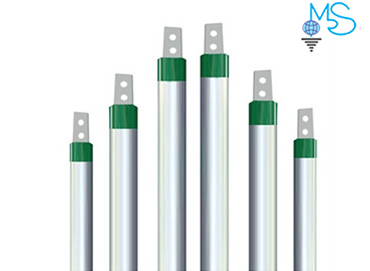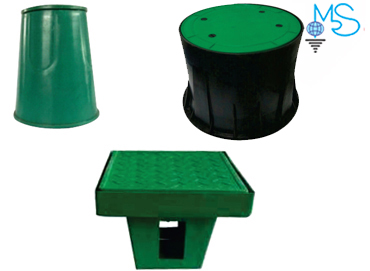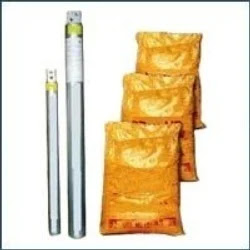How Does a Chemical Pipe Earthing Electrode Work?
Ohm's law serves as the foundation for how a chemical pipe earthing electrode operates. Excessive current travels through the electrode and dissipates into the surrounding soil when an electrical system malfunction occurs. The electrode's conductive materials let electricity flow smoothly while lowering resistance and guarding against electrical harm.
Installation Process of Chemical Pipe Earthing Electrode
The installation of a chemical pipe earthing electrode involves
several steps:
Site Selection
The first step is to choose an appropriate location with good soil
conductivity for optimal earthing.
Excavation
A pit is dug at the selected site to accommodate the chemical pipe
electrode.
Electrode Placement
The chemical pipe electrode is placed vertically in the pit and
securely fixed.
Backfilling
The pit is backfilled with a mixture of conductive minerals and
the native soil to ensure proper contact with the surrounding earth.
Connection
The electrode is then connected to the electrical system,
establishing a safe grounding connection.
Safety Measures and Maintenance
While chemical pipe earthing electrodes are designed for longevity
and reliability, regular maintenance is crucial to ensure their effectiveness.
Some safety measures and maintenance tips include:
Periodic Inspection
Regularly inspect the electrode and its connections for signs of
damage or corrosion.
Moisture Check
Ensure that the surrounding soil maintains adequate moisture
levels to improve the electrode's performance.
Protection from Physical Damage
Protect the electrode from any physical damage that could
compromise its functionality.
Contact us the best Chemical
Pipe Earthing Electrode Manufacturers from Lucknow. Our Electrode are durable and cost efficient. Visit us: www.mrsagencies.com




Comments
Post a Comment